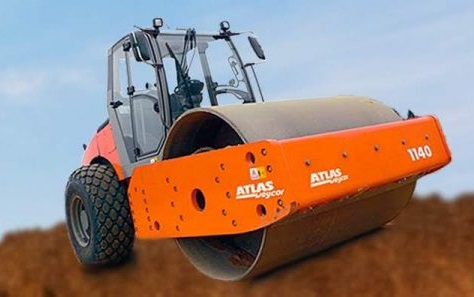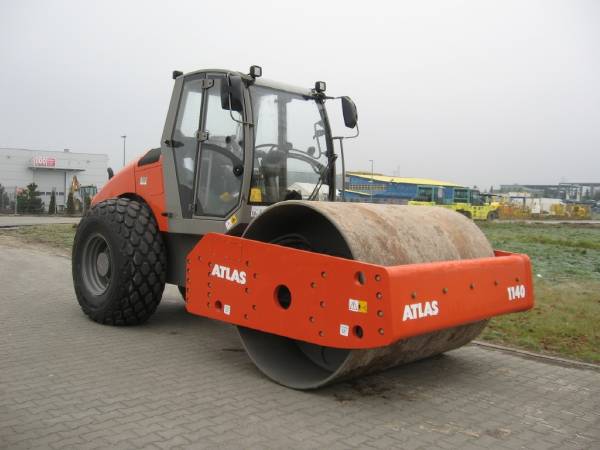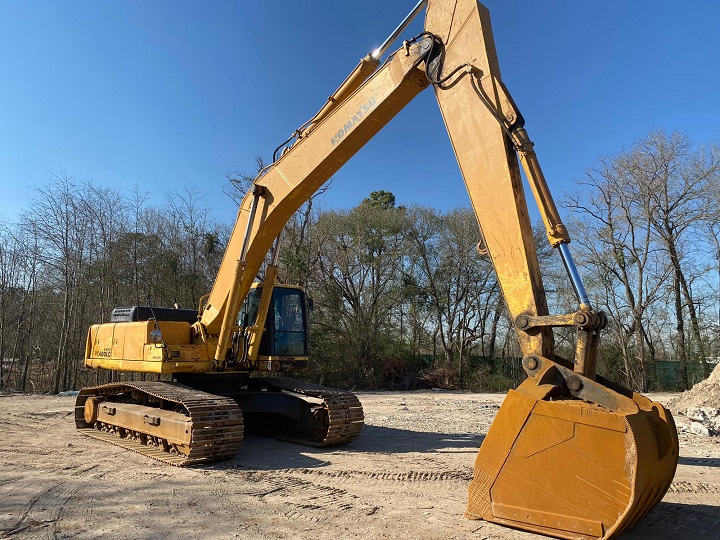Interesting Facts About Road Construction

Interesting Facts About Road Construction
August 8, 2019
What are the interesting elements of road construction?
- Initial Steps
- Earth Work
- Paving Process
- Asphalt Overlay
Road construction is made easy with the right road roller. This construction process of roads involves a lot of work in order to keep everything uniform and for it to be completed on time. If you want to learn about earthwork, the paving process and the asphalt overlay, read more for some interesting tidbits about road construction.
Initial Steps
The site was first surveyed before it started. Survey crews will establish control lines. These control lines will guide the construction crew to ensure that the whole process will be done right. A construction plan should be created prior to road construction. The plans will be the basis of the whole process, which includes the materials. The contractor also removes any vegetation that will get in the way of construction.
What is Earth Work?

Earthwork involves the removal of the topsoil. Topsoil includes vegetation. This is an important process before proceeding to scraping and grading the area. Earthwork can be done with a tractor shovel, grader, or bulldozer. After the topsoil is removed, the soil below it is now a subgrade. Before earthwork begins, testing the strength of the subgrade is essential.
If the quality of the subgrade is below standard, fillers such as sand wicks and sand drains may be used. Sand wicks are sand-filled boreholes that are installed below the road embankment to form a stable base. It decreases the length of the travel length of the water to the drainage path. Sand drains, on the other hand, are located alongside the road. It’s used to intercept groundwater.
The importance of earthwork and the subgrade can greatly influence the thickness of the pavement. The subgrade should be strong. To create a strong subgrade after the earthwork, it’s essential to remove any poor materials in cuttings and replace it with the selected fill. The subgrade must be compacted and reach a high density. Subsoil drainage should also be present and soil stabilization methods should be included. You can stabilize the soil by using cement, bituminous materials, and other chemicals.
Paving Process
After the earthworks, you move on to the paving construction. Paving can be flexible or rigid. Each type has a set of pros and cons that can seal the deal for the final result. Flexible paving uses materials that are applied in layers directly over the subgrade. Flexible paving should be planned carefully in order to withstand traffic loads. The thickness of each layer should be able to evenly distribute the traffic load.
Rigid paving uses reinforced or unreinforced concrete slabs over a thin granular base. The rigidity and strength of this type of paving should be able to handle heavy loads and stresses from the traffic distributed over the area. Rigid paving includes a subgrade, sub-base, an anti-friction membrane, and concrete, then finally asphalt.
Asphalt Overlay

Before the final overlay is set, gutters and concrete sidewalks should be placed. After the concrete is placed, it’s best to let the layer of concrete dry before letting cars drive over the concrete. The asphalt overlay is a faster and least expensive final overlay. The first step in an asphalt overlay is the inspection. The pavement will be inspected and samples will be taken in order to see the condition of the foundation. The surface of the pavement will need cleaning. This means removing any sand, debris, gravel, and vegetation.
If there are any cracks in the pavement, repairs should be done before adding the final overlay. If the contractor chooses to, a tack coat can be applied. Tack coats can help overlay bonds with the existing structure. After the tack coat, the premix is prepared in the plant. It can be heated up to 177-degree Celsius. The temperature of the premix should be maintained at 121-163-degree Celsius. Without proper control during mixing, the compaction process will result in a much weaker structure.
The mix is poured over the base and is compacted by the road roller. The speed should not exceed more than 5 kilometers per hour so that the layer remains even. The initial rolling is done by a wheel drum of 8 to 12 tons. The next rolling is through the use of a fixed wheel pneumatic roller with 15 to 30 tons with a tire pressure of 7 kilograms per square centimeter. The wheels of the pneumatic roller should be dampened by the water. The total number of passes is entirely dependent on the thickness of the latter. The final rolling is done with an 8 to 10-ton roller.
Key Takeaway
Road rollers are heavy equipment that’s used for a variety of construction processes. Road construction is one of them and it’s the key to getting the smoothest surface. Layers of road construction are compacted with a road roller to ensure maximum density and strength. The many steps of road construction become easier and more uniform. These are just some interesting facts and processes that involve road construction.


